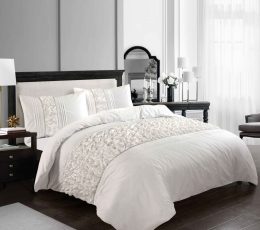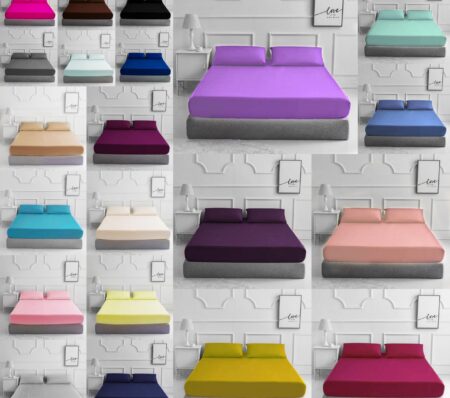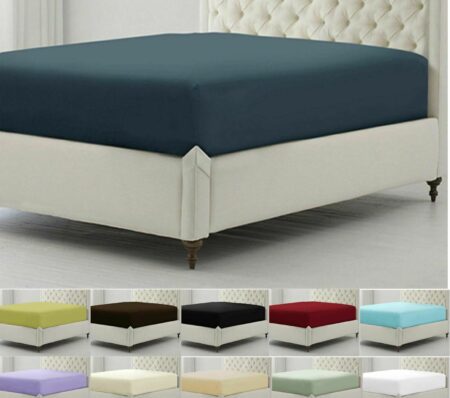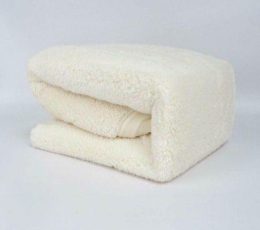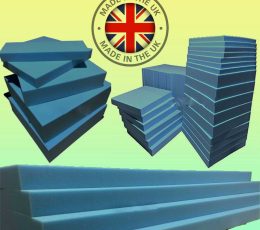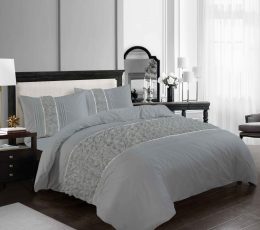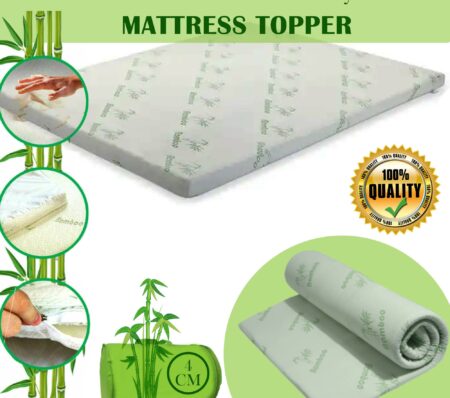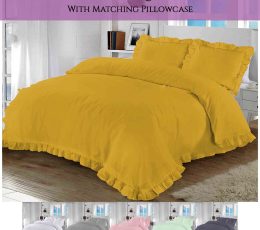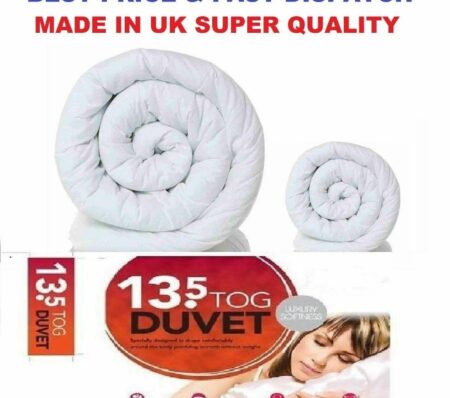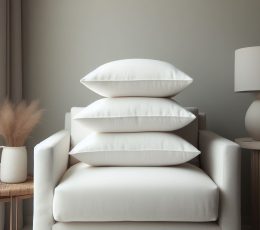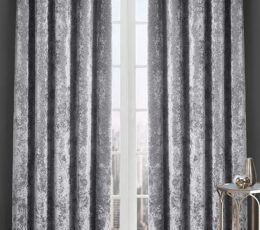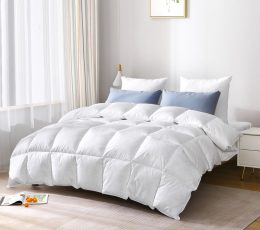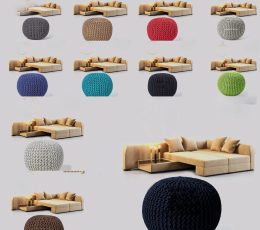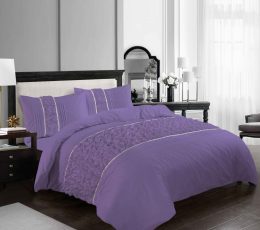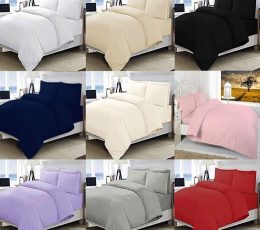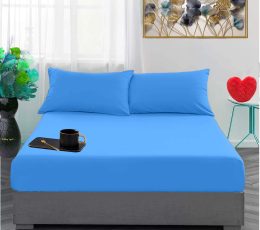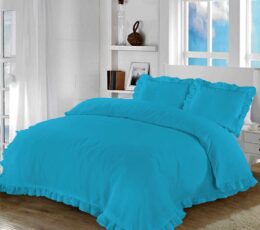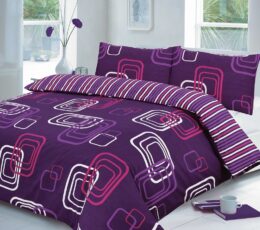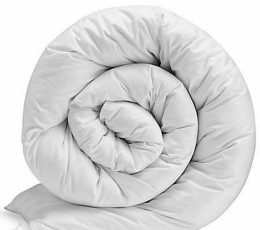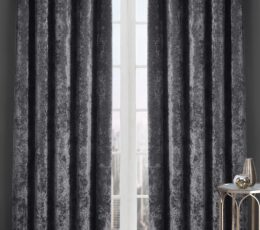When it comes to achieving a restful night’s sleep, the type of pillow case you choose can make a significant difference. Among the various options available, silk vs satin pillowcase are two popular choices known for their luxurious feel and numerous benefits. In this comparison, we’ll delve into what silk and satin are, their differences, and which one might be the better choice for your sleep needs according to pillow case guide.

What is silk?
Silk is a natural protein fiber produced by silkworms during the cocoon stage of their life cycle. The most common type of silk comes from the domesticated silkmoth species Bombyx mori, cultivated for thousands of years primarily in China. The process of harvesting silk involves carefully unraveling the cocoon threads, which can stretch for several hundred meters. These threads are then woven together to create silk fabric.
Silk is renowned for its smooth, soft texture and lustrous appearance. It is highly prized for its luxurious feel and is often associated with elegance and sophistication. Additionally, silk possesses unique properties, such as being hypoallergenic, breathable, and temperature-regulating, making it an ideal choice for bedding.
Benefits of Silk Pillowcases:
Silk pillowcases are renowned for their luxurious feel and numerous benefits for both skin and hair health. One of the key advantages of silk pillowcases is their hypoallergenic properties. Silk is a natural protein fiber that is less likely to cause irritation or allergic reactions on the skin, making it an excellent choice for those with sensitive skin or conditions such as eczema or acne.
Additionally, silk pillowcases have a smooth texture that reduces friction against the skin, helping to prevent sleep lines and wrinkles. This can lead to smoother, more youthful-looking skin over time. Silk also has the ability to retain moisture, keeping the skin hydrated throughout the night and preventing dryness and dehydration.
In terms of hair health, silk pillowcases are gentle on the hair shaft, reducing friction and minimizing breakage while you sleep. This can help maintain the strength and integrity of the hair, leading to healthier, shinier locks. Silk pillowcases also help to retain moisture in the hair, preventing dryness and frizz and promoting overall hair health.
Furthermore, silk pillowcases are highly breathable and naturally temperature-regulating, making them suitable for all seasons. They help keep you cool in summer and warm in winter for a more comfortable sleep experience. Silk pillowcases are also known for their durability, lasting for many years with proper care, and they add a touch of elegance and luxury to any bedroom decor.

What is Satin?
Satin Pillowcase, on the other hand, is a type of weave rather than a specific fiber. It is characterized by its glossy surface and smooth texture, achieved through a weaving technique that creates a high number of floating yarns on the fabric’s surface. Satin can be made from various materials, including silk, polyester, acetate, or nylon. However, when people refer to satin in the context of luxury bedding, they often mean satin made from silk fibers.
Silk satin retains many of the desirable properties of silk, such as its softness and sheen. However, it may not offer the same level of breathability and temperature regulation as pure silk due to the potential presence of synthetic fibers in the weave.
Benefits of Satin Pillowcases:
Satin pillowcases offer many of the same benefits as silk pillowcases, with some additional advantages. One of the primary benefits of satin pillowcases is their affordability. Satin pillowcases, especially those made from synthetic materials like polyester, are often more budget-friendly than pure silk pillowcases, making them accessible to a wider range of consumers.
Satin pillowcases also have a smooth texture that reduces friction against the skin, helping to prevent sleep lines and wrinkles. While they may not offer the same hypoallergenic properties as silk, satin pillowcases can still be gentle on the skin and may be suitable for those with normal skin types.
In terms of hair health, satin pillowcases can help reduce friction and minimize breakage, similar to silk pillowcases. While they may not offer the same moisture-retaining properties as silk, satin pillowcases can still help prevent dryness and frizz, leading to healthier-looking hair.
How Can You Tell the Difference?
- Material Composition: The most reliable way to distinguish between silk and satin pillowcases is by examining the material composition. Silk pillowcases are made from natural silk fibers produced by silkworms, whereas satin pillowcases can be made from various materials, including silk, polyester, acetate, or nylon. If the label specifies 100% silk, it’s a silk pillowcase.
- Texture and Sheen: Silk pillowcases have a smoother, softer texture with a subtle sheen, characteristic of natural silk fibers. On the other hand, satin pillowcases, regardless of the material used, have a glossy surface and a luxurious feel.
- Breathability: Silk pillowcases are highly breathable and naturally temperature-regulating, making them suitable for all seasons. Satin pillowcases, especially those made from synthetic fibers, may not offer the same level of breathability.
- Price and Quality: Pure silk pillowcases tend to be more expensive due to the labor-intensive process of harvesting silk from silkworms. Satin pillowcases, particularly those made from synthetic materials, may offer a more affordable alternative without compromising on the luxurious feel.

Is Silk or Satin Better for Skin?
Silk pillowcases are often lauded for their skin-friendly properties. Silk is a natural protein fiber that is hypoallergenic, meaning it is less likely to cause irritation or allergic reactions on the skin. This makes it an excellent choice for those with sensitive skin or conditions such as eczema or acne. Additionally, silk pillowcases have a smooth texture that reduces friction against the skin, helping to prevent sleep lines and wrinkles. This can lead to smoother, more youthful-looking skin over time. Silk also has the ability to retain moisture, keeping the skin hydrated throughout the night and preventing dryness and dehydration.
Satin pillowcases, while not as renowned for their skin benefits as silk, can still offer some advantages. Satin pillowcases have a smooth texture that reduces friction against the skin, similar to silk. While they may not offer the same hypoallergenic properties as silk, satin pillowcases can still be gentle on the skin and may be suitable for those with normal skin types. However, it’s essential to note that satin pillowcases made from synthetic materials may not provide the same benefits as those made from natural fibers like silk.
Is Silk or Satin Better For Hair?
Silk pillowcases are highly regarded for their benefits for hair health. The smooth texture of silk reduces friction against the hair, minimizing tangles and breakage while you sleep. This can help maintain the strength and integrity of the hair, leading to healthier, shinier locks. Silk pillowcases also help to retain moisture in the hair, preventing dryness and frizz and promoting overall hair health. Additionally, silk is gentle on the hair shaft, further reducing the risk of damage or breakage.
Like silk pillowcases, satin pillowcases can also offer benefits for hair health. The smooth texture of satin reduces friction against the hair, minimizing tangles and breakage, similar to silk. While satin pillowcases may not offer the same moisture-retaining properties as silk, they can still help prevent dryness and frizz, leading to healthier-looking hair. Satin pillowcases are also available in a wide range of colors and designs, allowing you to customize your bedding to suit your personal style.
FAQs
What is the main difference between silk and satin pillowcases?
The main difference lies in their material composition. Silk pillowcases are made from natural silk fibers derived from silkworms, while satin pillowcases can be made from various materials, including silk, polyester, or nylon, with satin referring to the weave pattern rather than the material itself.
Are silk pillowcases better for hair and skin than satin?
Generally, silk pillowcases are considered better for hair and skin due to their natural properties. Silk’s smooth surface reduces friction, preventing hair breakage and minimizing sleep creases on the skin. However, satin pillowcases can also offer similar benefits depending on the material they are made from.
Which pillowcase is more breathable: silk or satin?
Silk pillowcases are known for their breathability, allowing air to circulate and moisture to be retained, which can be beneficial for both hair and skin. Satin pillowcases, particularly those made from synthetic fibers, may not offer the same level of breathability and can feel warmer during sleep.
Are silk pillowcases hypoallergenic?
Yes, silk pillowcases are naturally hypoallergenic and resistant to dust mites and other allergens. This makes them an excellent choice for individuals with sensitive skin or allergies.
How do I care for silk and satin pillowcases?
Silk pillowcases require gentle care to maintain their integrity. Handwashing with a mild detergent or using a delicate cycle on your washing machine is recommended. Satin pillowcases, especially those made from synthetic fibers, are generally more durable and can withstand machine washing and drying on low heat settings.
Which pillowcase is more durable: silk or satin?
Silk pillowcases are delicate and require careful maintenance, but with proper care, they can be long-lasting. Satin pillowcases, particularly those made from synthetic fibers, tend to be more durable and easier to maintain.
Are silk pillowcases more expensive than satin?
Yes, silk pillowcases are often more expensive than satin due to the intricate manufacturing process and the luxurious nature of silk fibers. Satin pillowcases, particularly those made from synthetic materials, are generally more budget-friendly.
Can satin pillowcases offer similar benefits to silk pillowcases?
Yes, satin pillowcases can offer similar benefits to silk pillowcases depending on the material they are made from. While silk pillowcases are prized for their natural properties, satin pillowcases can also reduce hair frizz, prevent sleep creases, and provide a smooth surface for a comfortable night’s sleep.
Which pillowcase is better for maintaining hairstyles?
Both silk and satin pillowcases are excellent for maintaining hairstyles due to their smooth surface, which reduces friction and minimizes hair tangling and breakage. However, some individuals may prefer silk for its natural properties and luxurious feel.
Ultimately, which pillowcase is better for sleep: silk or satin?
The choice between silk and satin pillowcases ultimately depends on personal preferences and priorities. If you prioritize luxurious feel, breathability, and natural benefits, silk may be the better option. However, if affordability, durability, and convenience are your main concerns, satin could be the preferable choice.
In the battle between choosing the case for pillow, the choice ultimately depends on your personal preferences and priorities. If you prioritize luxurious feel, breathability, and natural benefits, silk may be the superior option. However, if affordability, durability, and convenience are your main concerns, satin could be the better choice for you. Whichever you choose, investing in a high-quality pillowcase can elevate your sleep experience and leave you feeling refreshed and rejuvenated every morning.















